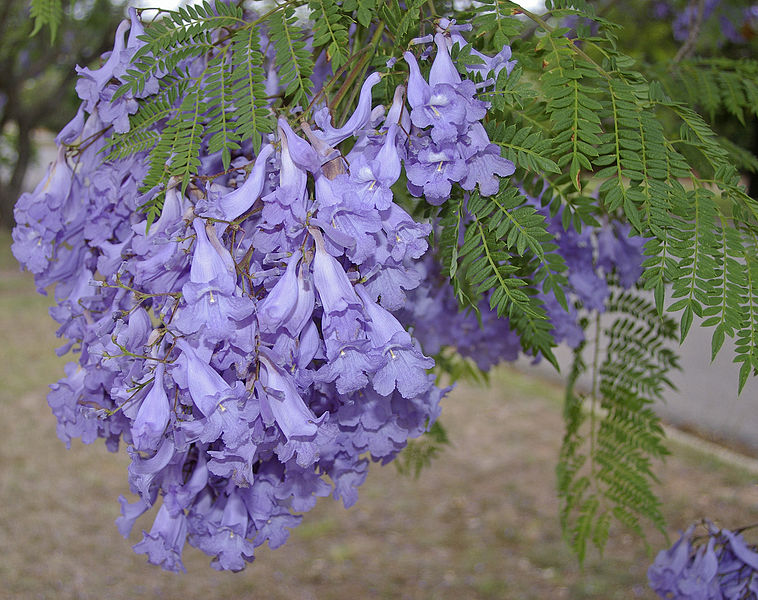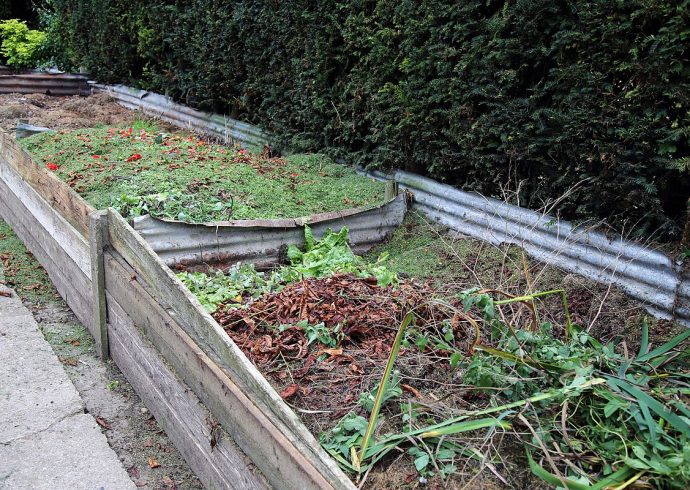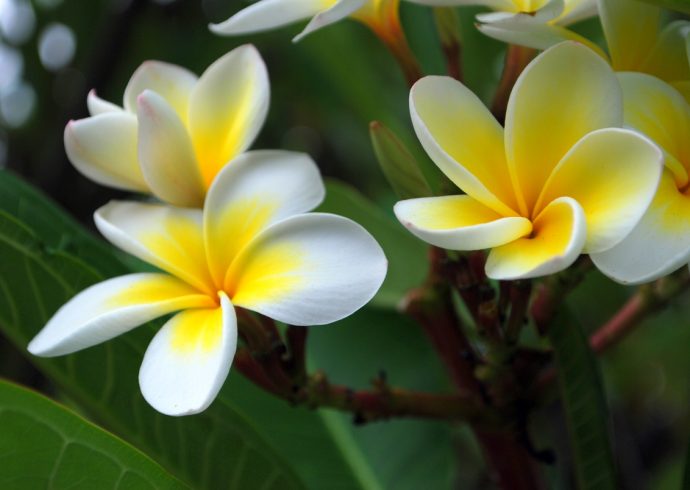
Caring for Your Jacaranda Tree in the Summer
Jacaranda trees are quite beautiful when they are in full blossom. The large, trumpet shaped blue flowers look very striking against the emerald green leaves during the summer months. The jacaranda tree is tropical in nature and is remarkably easy to grow, requiring regular watering only during its establishment. Jacarandas can be purchased in nurseries when they are young, between 5′ to 6′ in height. The adult jacaranda can be as high as 50′, spread out over a width of 50′ which makes it a nice shade tree during the hot summer months. The branches tend to grow in an arch form which makes it possible to create a small outdoor living area where lawn chairs and tables can be placed. It is important to keep in mind that the jacaranda is winter hardy to zones 10 and 11, as the tree can be very susceptible to frost and die. Since this beautiful tree loves hot weather, and can tolerate drought, it is best planted throughout zones where winters are very mild, such as Florida, Mississippi, and Louisiana.
Full sun is the best spot in your yard where the jacaranda will grow the best. Since the blossoms come out during the months of May through July, the tree should also be placed in a spot where the blossom can be enjoyed. Like the cherry blossom tree, the jacaranda blossoms also fall to the ground after the blossoming season, which may look messy on the ground, but provide an attractive blue carpet on the grass. It is easier to rake up the blossoms along with the other leaves during the fall season. The seed capsules will also join the flowers on the ground eventually, and be picked up along with the leaves. Some of the seeds can also be saved if you ever want to try and grow another tree as a sapling.
The jacaranda tree should be watered twice a week during the summer in its first year of planting. While the roots of the tree like to be watered, the soil should not be overly wet. Jacarandas prefer soil that is barely moist, particularly in climates that tend to be humid. Adult trees do not need to be watered every week in the summer, as they grow well in dry periods where there is no rain for a few months. Jacarandas do not require any pesticide or fungicide, as the tree is resistant to these two ailments. Pruning should never be done to the tree during the summer, as that can cause problems in the tree’s growth, but can be done during the fall or winter seasons.
Image Credit: Bidgee, CC BY-SA 3.0, via Wikimedia Commons.


